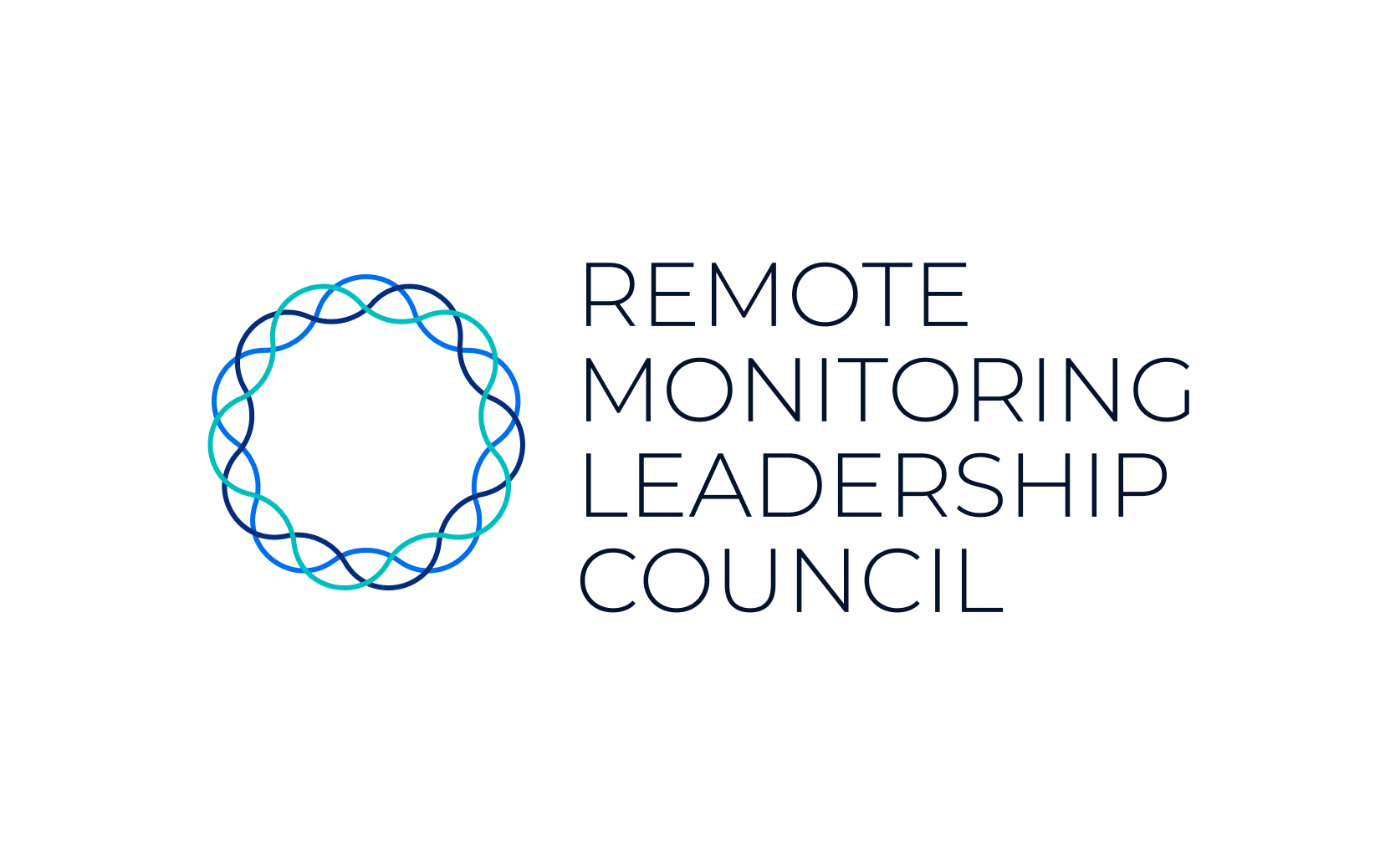The Trump Administration took decisive action to expand Medicare access to remote physiologic monitoring (RPM) in 2019, laying the groundwork for technology-enabled chronic disease management and transforming how care is delivered to seniors.
RPM is improving health outcomes while reducing costly hospitalizations, saving money for federal taxpayers.
It’s time to build on the first Administration’s progress by ensuring accurate reimbursement for the technologies delivering meaningful results for both patients and taxpayers.
2018
–
Calendar Year 2018 Rulemaking Cycle
In the CY 2018 Medicare PFS, CMS requested public input from stakeholders on remote patient monitoring. Several commenters raised concerns that remotely furnished services included patient interaction and were paid separately prior to the enactment of the provisions in section 1834(m) of the Act. CMS recognized concerns and came to believe that section 1834(m) of the Act does not apply to all kinds of physicians’ services whereby a medical professional interacts with a patient via remote communication technology.
2019
–
Calendar Year 2019 Rulemaking Cycle
Proposed Rule – In the CY 2019 Medicare PFS proposed rule, CMS proposed a separate Medicare payment when a physician uses recorded video and/or images captured by a patient in order to evaluate a patient’s condition, which would be reported with CPT codes that describe remote patient monitoring.
Final Rule – In the CY 2019 Medicare PFS final rule, CMS finalized, as proposed, to make separate payment for remote evaluation code G2010. CMS noted that is plans to monitor utilization
2020
–
Calendar Year 2020 Rulemaking Cycle
CMS proposed to accept 99457 into the family of RPM codes for Medicare. 99457 would capture the first 20 minutes of the treatment management services, and use a new add-on code to describe subsequent 20-minute intervals of the service. CMS noted that, because RPM services, including establishing, implementing, revising, and monitoring a specific treatment plan for a patient related to one or more chronic conditions that are monitored remotely, it believed that these codes should be included as designated care management services.
PHE
–
COVID-19 Public Health Emergency Rulemakings (2019-2023)
During the COVID-19 public health emergency, CMS utilized waiver authority, which:
- Permitted clinicians to use RPM for both new and established patients.
- Allowed clinicians to bill codes 99453 and 99454 when as few as two days of data were collected if the patient was diagnosed with, or was suspected of having, COVID-19 and as long as all other billing requirements of the codes were met.
Pandemic Flexibilities Made Permanent
CMS continued to allow RPM services to be furnished to patients with both acute and chronic conditions.
2021
–
Calendar Year 2021 Rulemaking Cycle
CMS provided regulatory guidance on how RPM services should be used, in response to several concerns raised from previous rulemaking.
2022
–
Calendar Year 2022 Rulemaking Cycle
Reference of RPM in the creation of remote therapeutic monitoring, however no policy action on RPM.
2023
–
Calendar Year 2023 Rulemaking Cycle
No notable policy action on RPM. Several commenters contacted CMS with questions and ideas for RPM. CMS appreciated the continuing dialogue about remote monitoring codes, particularly clarity on how remote monitoring services are used in clinical practice, and how it would be most appropriately coded, billed, and valued under the Medicare PFS.
2024
–
Calendar Year 2024 Rulemaking Cycle
As the first fully post-pandemic rulemaking cycle, CMS provided a summary of post-pandemic RPM provisions.
Additionally, with the creation of RTM, CMS provides clarity on the interaction between RPM, RTM, and other services (Practitioners may bill RPM or RTM, but not both RPM and RTM, concurrently with the following care management services: CCM/TCM/BHI, PCM, and CPM); and utilization of RPM in RHCs and FQHCs.
2025
–
Calendar Year 2025 Rulemaking Cycle
CMS finalized, as proposed, to allow RTM and RPM to be billed concurrently with the newly created Advanced Primary Care Management services when all applicable requirements for billing both services are met. Additionally, CMS received comments on how remote monitoring are used in the post-operative global period and may consider these comments for future rulemaking. Lastly, CMS received numerous comments expressing concerns regarding CMS’ current PE methodology, particularly highlighting its inadequacies in accommodating modern medical technologies and services.
2026
–
Calendar Year 2026 Rulemaking Cycle
Anticipated rulemaking for the CY 2026 rulemaking cycle…
